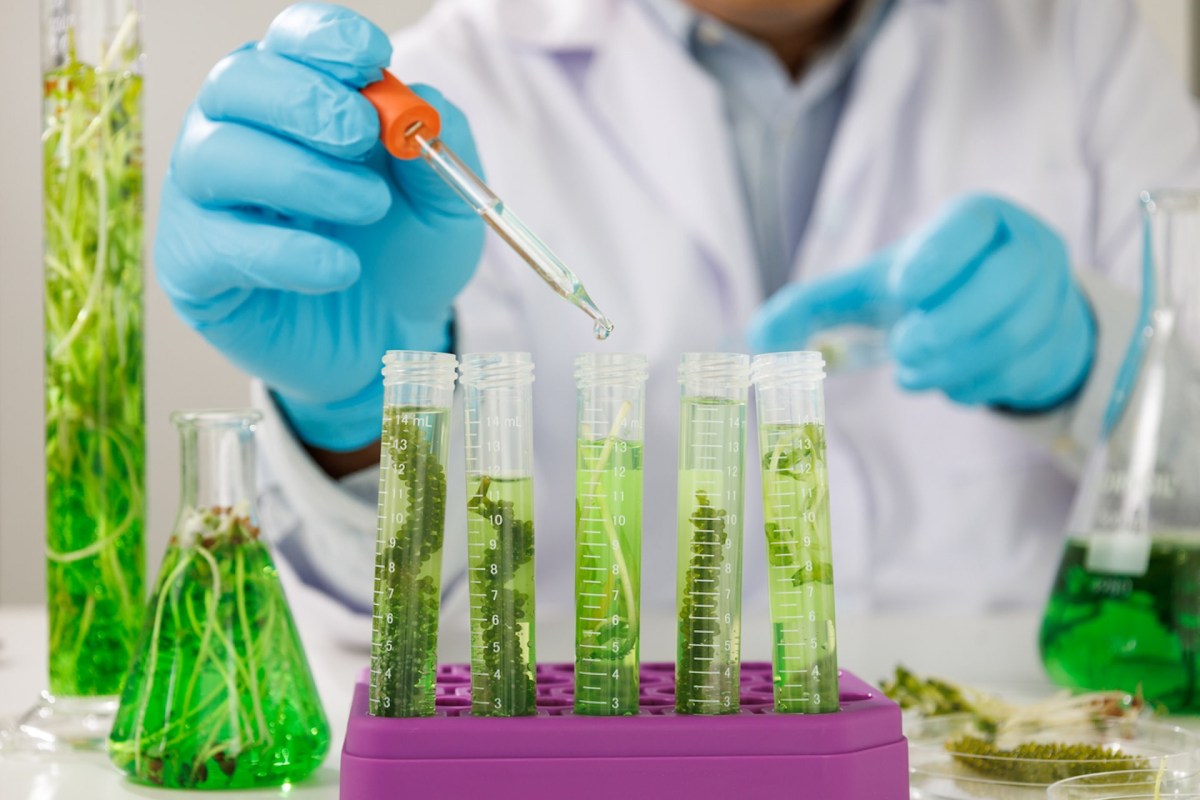Ghosts are often depicted as rotting and covered in green things. The ghosts that may come to haunt dirty energy investors could be covered in algae.
CleanTechnica reports that after over 20 years since its hot streak, algae biofuel is returning, and some big oil companies may be left with regrets.
In the early 2000s, biofuel was hot as experts searched for a new oil crop. However, as more sources of clean power — like solar and wind — gained speed, algae seems to have floated out of people's minds with the tides.
The main reason all eyes were on algae is that it doesn't require land to grow. The more land used to grow crops for fuel, the less is available for growing food.
Using non-prime land to grow these crops is an option but often leads to the loss of biodiverse ecosystems, according to CleanTechnica. Further, it requires toxic chemicals to maintain, which harm the soil and make their way into our waterways through runoff and wreak havoc.
All benefits aside, no commercial algae biofuel production facilities exist in the United States, CleanTechnica reports.
Thanks to Ginkgo Bioworks — which the Energy Department chose to lead a research team focusing on carbon-capturing algae alongside Pacific Northwest National Laboratory (PNNL), Colorado School of Mines, and the firm Global Algae Innovations — and other efforts, this is hopefully set to change, and oil companies may be green with envy.
This is because oil companies funded much of the biofuel research — perhaps simply as an act of greenwashing — in the past decades but eventually stopped. ExxonMobil withdrew from a 10-year project just this year, citing high costs and the limitations of algae to be competitive with petroleum.
Much of the new research is focused on microalgae, which appear in beauty products like this moisturizer and supplements, often in the form of spirulina, but the biofuel issue is tougher to solve.
Crop protection has been a major obstacle, as one pest invasion can take out an entire algae pond in record time, CleanTechnica reports. For this reason, Ginkgo aims to maximize crop production by minimizing pest damage.
Algae biofuel is also used for carbon recycling, as opposed to removing excess carbon pollution from the atmosphere. However, it allows far fewer dirty energy sources to be extracted, benefiting the environment.
CleanTechnica also reports that Gingko posits a bigger commercial venture could lead to options for longer-term carbon sequestration.
The news outlet says the U.S. Department of Energy observed that "Under certain conditions, some microalgae have the potential to accumulate significant amounts of lipids (more than 50% of their ash-free cell dry weight). These characteristics give great potential for an immediate pathway to high energy density, fungible fuels."
PNNL furthers that "algae can be 10 or even 100 times more productive growing on a given parcel of land than traditional biomass resources like corn stover or forest residues," adding, "More than 100,000 strains of algae currently in existence provide raw material that can be processed into fuels that power cars, airplanes, and trucks."
If this is the case, ExxonMobil likely bailed out of a lifeboat.
Join our free newsletter for weekly updates on the coolest innovations improving our lives and saving our planet.









